Last week, I read Russ Ramsey’s follow up to his bestselling book Rembrandt is in the Wind. Van Gogh has a Broken Heart is equally as delicious a book. In one of the chapters, Ramsey talks about our “Personal Collections.” He is not speaking of art we actually own. Not many of us can afford to purchase art, let alone one by a master that costs millions of dollars. Ramsey is speaking of art that you connect with. Art or artists that seem to convey your own aesthetic or can illustrate the narrative of your life in a way. He tells the story of his daughter walking him through a museum to point out “one of his paintings” and the emotional response he had to seeing it in person.
I love thinking about this idea. I honestly think I could write a book about it myself.
When I studied Art History in Los Angeles years ago, we had LACMA, MOMA, two Gettys (actually only one was open at the time) within driving distance to explore. But it was Norton Simon Museum that always stood out to me.
LACMA had representation of all the “big” artists but it was always a lesser known or less spectacular piece by Picasso or Monet; a very early or very late piece from their careers. At one point, J Paul Getty owned nearly 25% of the known available art in the world. Seriously. There are gorgeous pieces indeed but he was a man with not only lots of money, but a vast staff who would procure art for him all over the world.
Norton Simon had money, of course. But he selected his own artwork. The pieces in the museum are reflective of his personal taste and themes. It is artwork that meant something personally to him.
I suppose there is another reason why his collection stands out to me; it is where the first painting in my personal collection resides.
This is the first painting I ever fell in love with. Van Gogh painted it during his time at the St Remy asylum. In 1889, Van Gogh painted more than 100 paintings there in the asylum. I can’t even imagine that furious speed at which he painted…and painted well. These are some of the best works of his life.
When standing before it, Mulberry Tree appears to sway and pulsate. It this reflective of Van Gogh’s own mental, physical and emotional state when he painted it. Or perhaps it is his genius ability to capture light into a turbulent flow.
The first time I stood in front of it, I became so dizzy, I needed to sit down. I remember feeling hot but also like I was going to cry. It was such a visceral response to a painting of a tree. I cannot yet articulate why I feel so strongly about this painting but I will spend the rest of my life, visiting it and trying to figure it out.
Andrew Wyeth’s Snow Hill is another in my personal collection. I wrote of it years ago here. Snow Hill was a real place, near Wyeth’s home. In the background of the pictures you can see train tracks where his father was killed in a car/train accident. If you are familiar with Wyeth’s work, you might recognize these Maypole dancers; all where frequent models for previous paintings.
I’ve only seen the painting once in person. It was at Seattle Art Museum at a visiting show of a large collection of his work several years ago. I was captivated by the sense of both sadness and joy and the contrast of white and color, movement and stillness in this piece. The painting is enigmatic.
As with all these artists, it is difficult for me to choose one painting by them. When I lived in Portland, Oregon at the beginning of the century, my roommate, Jen had a print of Edward Hopper’s New York Movie which she hung in our living room. This was my introduction to Hopper who would become a life long friend.
I have never seen this painting in person. It is not on view each time I have been at the Museum of Modern Art in NYC. If the print captivates me, what affect might the orginal have?
What draws me in each of these works and artists, is the sense of loneliness depicted in all. In the book, The Lonely City: Adventures in the Art of Being Alone, Olivia Laing addresses this theme in Hopper and a few other artists in her own “personal collection. Laing writes, “Loneliness is a very special place…loneliness is by no means a wholly worthless experience, but rather one that cuts right to the heart of what we value and what we need.” This is the core of Ramsey’s book too. We need to know suffering to know beauty. We need to know loneliness to cherish community and connection. We know despair so that we might know joy.
***
Of course, I’d love to know those works that are in your own personal collection. Please share them below.
***
The countdown to Undaunted Joy the book has begun! If you’d like to be in the know, please sign up for a paid subscription. These paid subscriptions pay my student loan payment, 5$ at a time and in the last few months, I have lost several paid subscribers as the payment information did not transfer. Please consider supporting my work and I will be sharing some of the fun stuff my publisher has been coming up with lately.
***
Honored to write the feature story for February’s Our Sunday Visitor Magazine. I wrote about how artistic virtues can help build a culture of creativity in the church. I loved this assignment and honestly, hope to write more long form essays like this. It was a delight to really soak in these themes. This magazine is print only because it is gorgeous and thoughtful. It is meant to be enjoyed sitting down with a cup of coffee. I share these pages with some of my friends and writers
and Simcha Fisher that I want to be around and emulate. This is an amazing writing community that will nourish your soul. Subscribe!



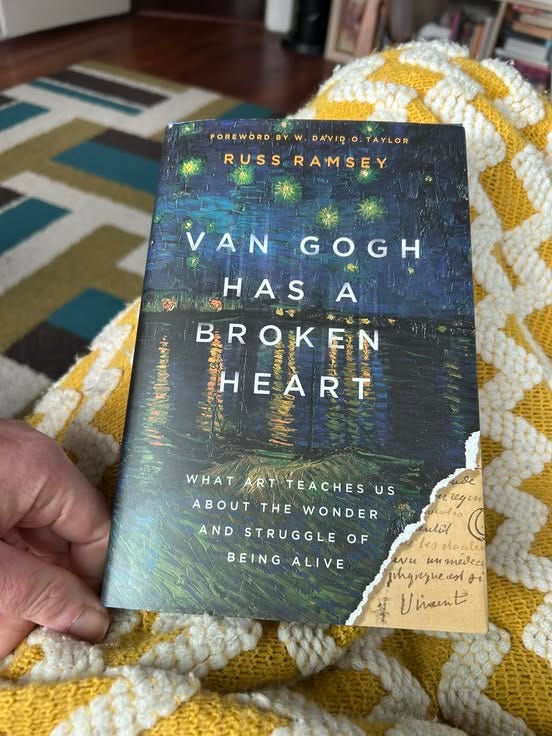
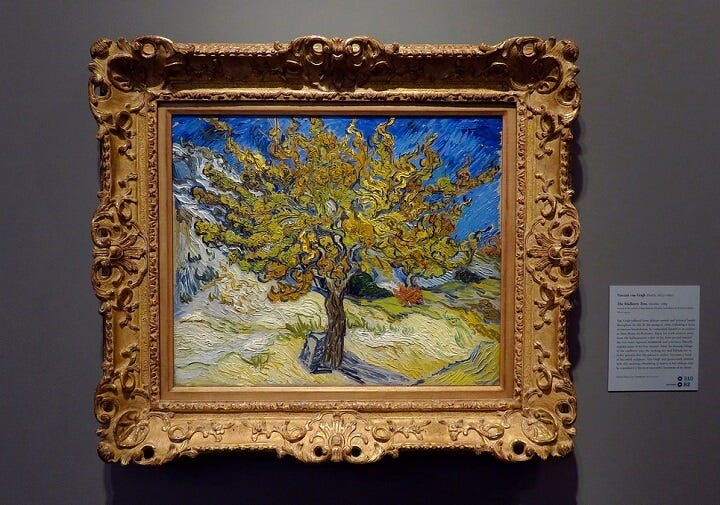
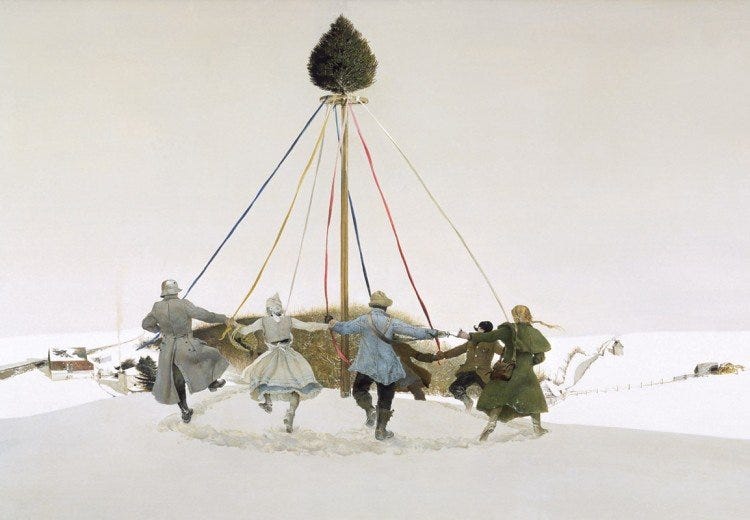
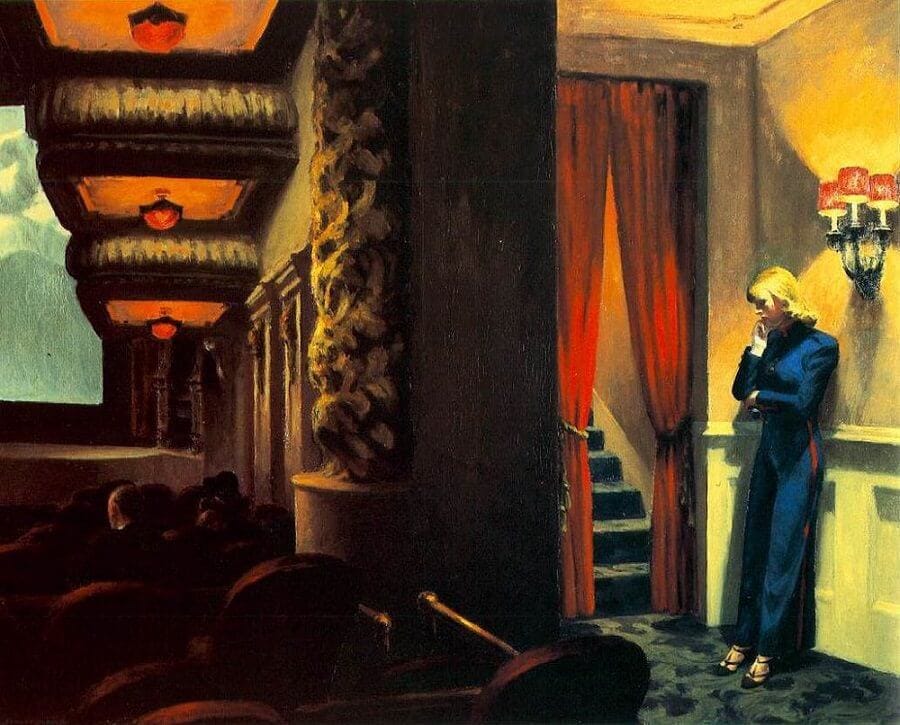
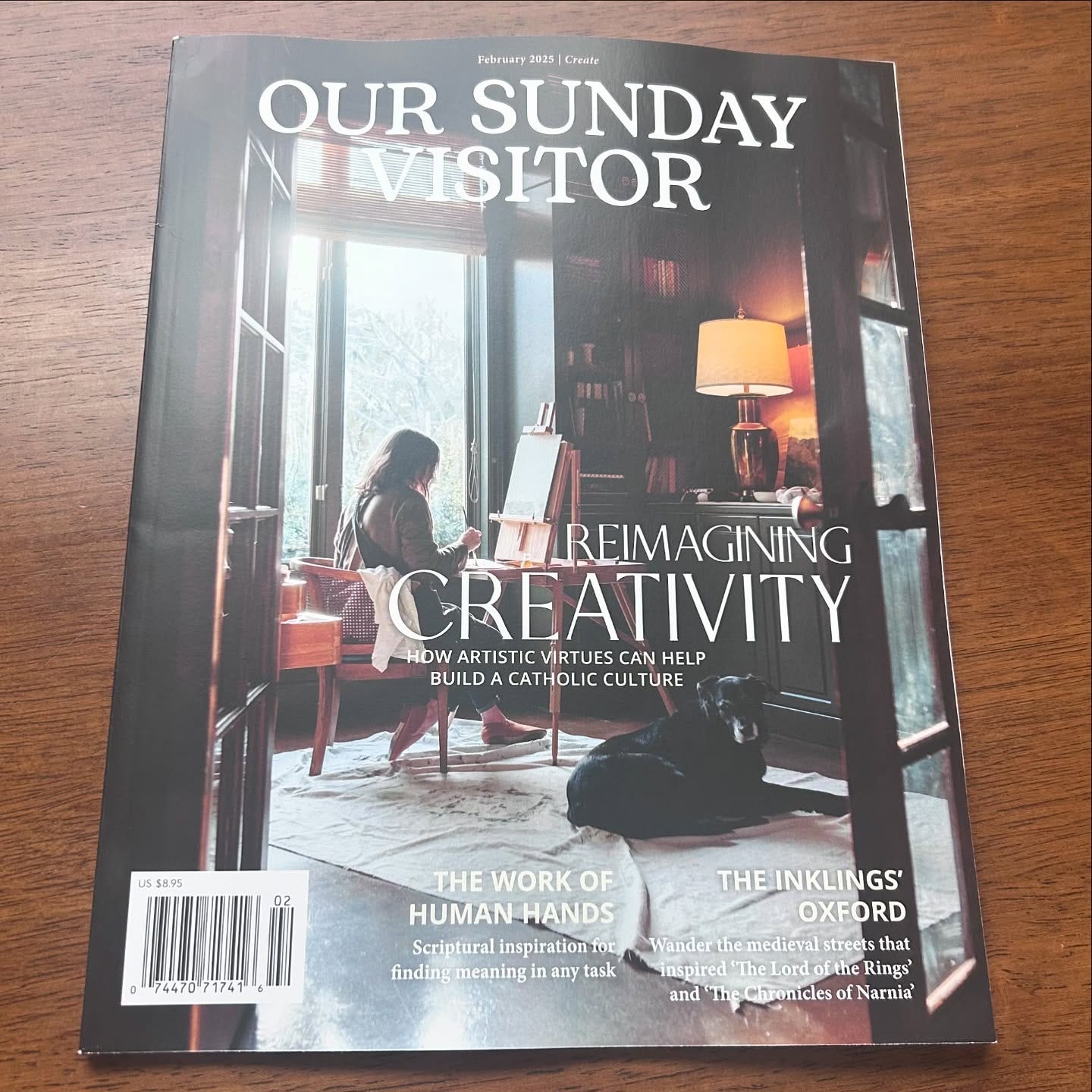
After a stroll through the Isabella Stewart Gardner Museum I kept going back to the painting "Omnibus" by Anders Zorn. I bought a print. What fascinates me is that every time I ponder it new stories speak.
I live in an art town, and as I look around at my walls, I have twelve by local artists. I have one from one grandmother's home and one from another. Three from my parents. Likely no one will care for these when I'm gone, but I care now.